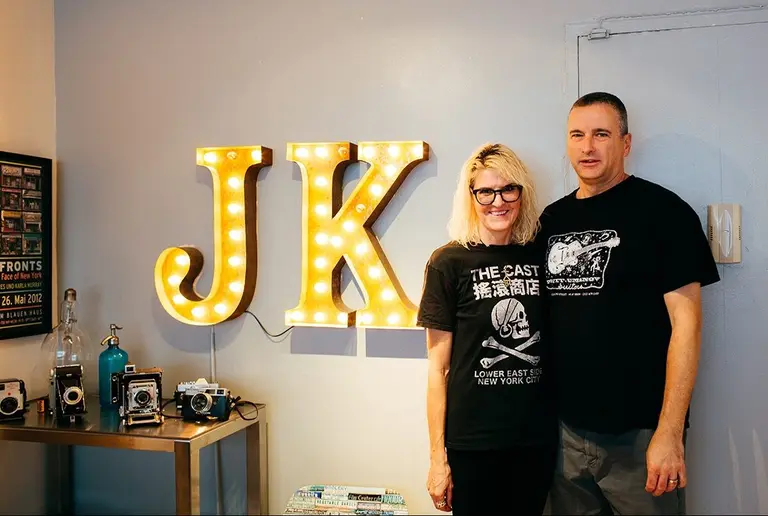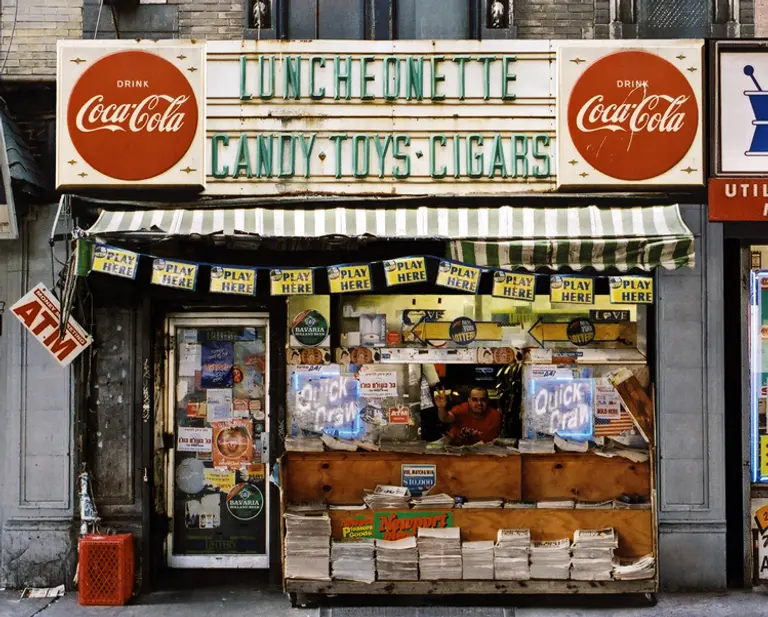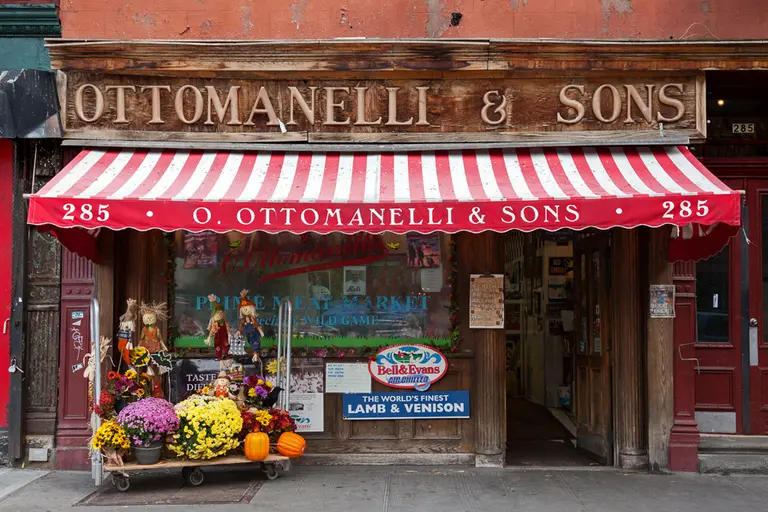March 2, 2016
6sqft's new series The Urban Lens invites photographers to share work exploring a theme or a place within New York City. In the first installment, award-winning authors and photographers James and Karla Murray brought us 15 years of images documenting the changing storefronts of Bleecker Street in Greenwich Village. Now they share more amazing images, this time of privilege signs, an industry term for the promotional signs installed by large corporations on storefronts. Are you a photographer who'd like to see your work featured on 6sqft? Get in touch with us at
[email protected].
Privilege Signs are an industry term for the promotional signs installed by large corporations such as Coca-Cola and the Optimo Cigar Company. They were popular in the 1930s through 1960s and received their name because store owners were given the "privilege" of completing the signs with their own copy. Large companies benefited from the signs because they were an easy way of weaving a marketing campaign right into a building’s façade. The signs were not only given free to store owners, but they also brought people into the store with instant brand recognition.
Today, they read retro and antique, standing out as a testament to a business' ability to endure even in the face of the monumental challenges in a city known for its rapid pace of change. When compiling our books on disappearing storefronts, we were immediately drawn to facades that still had these type of signs, so we've rounded up some of our favorites ahead.
See all the photos ahead









